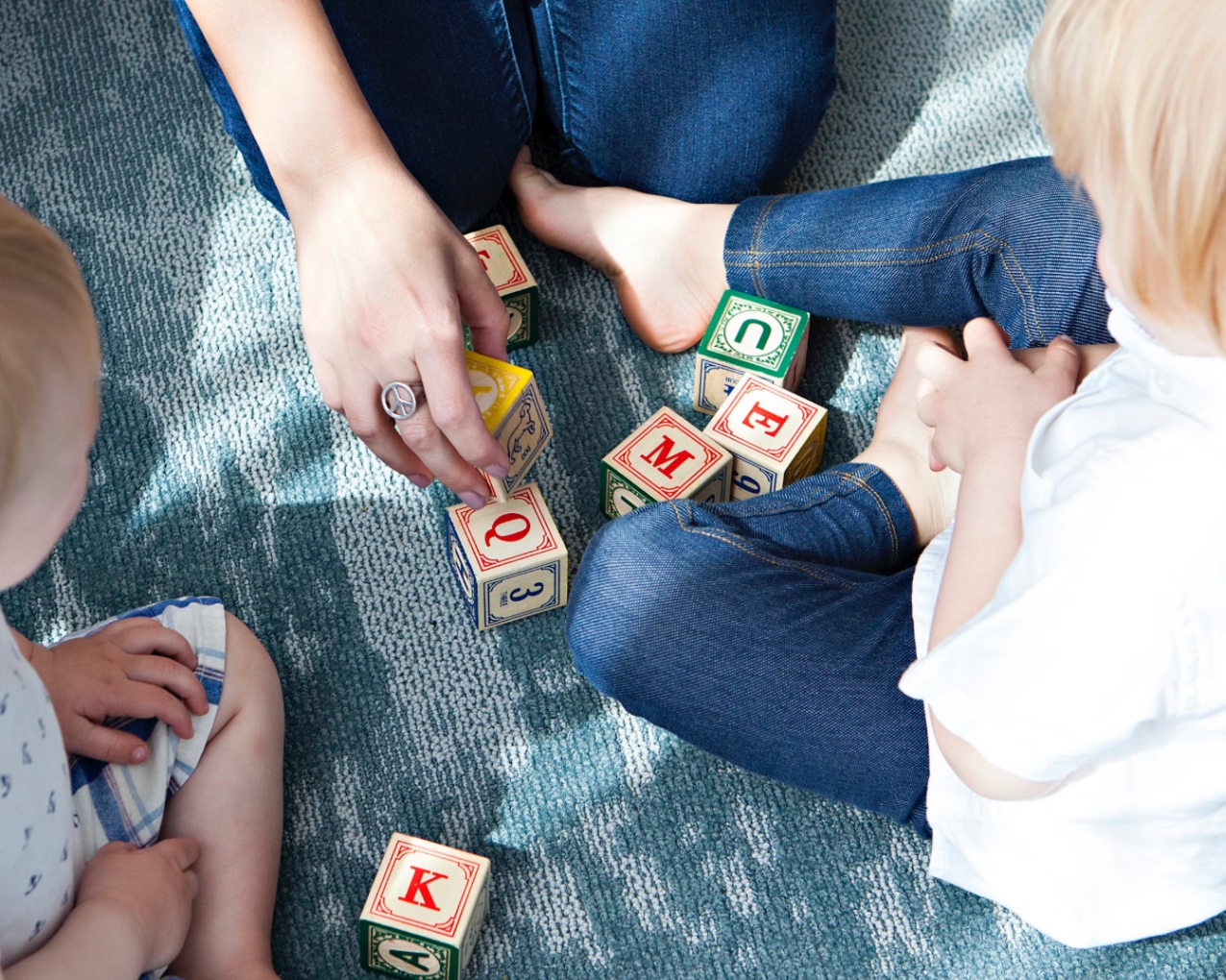How Can You Heal Attachment Trauma in Children?

The bond that is formed between a child and their caregiver in the first three years of life is crucial to their development and mental wellness in the years that follow. When those years are traumatic and healthy bonds are not formed, the child may suffer long-term.
Attachment trauma, otherwise referred to as attachment injury or disrupted attachment, can have debilitating and challenging effects on a child and caregiver if left untreated. Knowing how to address such trauma can be difficult, but new models like Multi-Modal Attachment Therapy can help.

What is attachment?
Attachment refers to the connection developed between a child and their caregiver in the early years of their life. It is established through the child’s actions and the caregiver’s response and vice versa. For example, when a child cries, a caregiver may respond by picking them up or soothing them. If the caregiver makes funny faces or sounds, the child may smile. The attachment bond is formed when a caregiver is attuned to the child’s needs, responding appropriately to signals and providing necessary stimulation, comfort, and affection.
These positive interactions between caregiver and child help the child to form a healthy sense of self-worth and a template for future relationships. Healthy attachment fosters the ability of children to regulate their emotions, be resilient when faced with challenges, and develop empathy and a strong moral compass.
What are the signs of attachment wounds in children?
A child who has endured attachment trauma may act out to gain attention or withdraw from others. They may have difficulty regulating emotions, often displaying extreme reactions of anger, despair, or fear. They may be prone to bullying others or being defiant toward parents and teachers. They may struggle with anxiety and/or depression, self-esteem, self-worth, and having empathy for others.

What can disrupt healthy attachment?
There are a variety of things that can disrupt a child’s ability to form a healthy attachment. Here are a few examples:
- Sudden death or incarceration of a caregiver
- Having multiple caregivers over a short period, such as jumping from foster home to foster home disrupting the attachment bond of the previous caregiver
- Impairment in the caregiver’s ability to respond appropriately to the child, such as depression, long-term illness, substance abuse, mental illness, domestic violence, or prolonged separation
- A parent with attachment injuries who does not know how to respond to the needs of their child
- Abuse or neglect from a caregiver, in many cases attachment injuries were worse for children who were not responded to at all rather than those who received a negative response.
- Custody issues, when a child is moved from a stable parents’ home to a less stable one the child may feel abandoned
- Child illness that may make it difficult for a child to respond to a caregiver
- When a child suffers from chronic pain or disability making connections difficult
- Extended separation between child and caregiver
How can M-MAT help?
Multi-Modal Attachment Therapy, a new therapy model developed by Catherine Young, LMFT, is a whole-brain strategy. M-MAT integrates talk and play therapies and structured adult/child interactions.
During the play portion, the child and counselor will interact using non-verbal, bottom-up (child sharing with a counselor how certain things feel, desires, etc.), and sensorimotor communication. There will also be elements of connection and nurturing, including mirroring, rhythm, touch, and eye contact.

During the talk portion, the counselor will explore the child’s thoughts by addressing any biased patterns contributing to how the child sees themselves, their life, relationships, daily situations, and others. The talk component will also address things like responsibility and, the concept of self through re-storying, skill building, and educating loved ones on how best to approach things moving forward.
Ultimately the M-MAT is helping the child to create a new narrative about their life, their existence, their past, and their future. It is designed to help the child organize thoughts and make sense of their experiences in a healthy, adaptive way. Combined, the play and talk therapies reinforce new thought patterns and allow for deeper integration into their lives and more successful healing. They are far more powerful together than alone—allowing access to many parts of the brain for ultimate healing.
How can I get my child help using M-MAT?
The counselors and therapists at CW Psychological Services in King of Prussia, Pennsylvania, have trained with Young and her team on M-MAT. They are working directly with Young to contribute to her research on the effectiveness of such treatment. Clients who agree to try M-MAT will be monitored closely and results will be shared in research. Participation is 100% voluntary.
If you are interested in learning more about the M-MAT method, you can visit the M-MAT Training Institute website here.
If you believe you or someone close to you may benefit from receiving M-MAT, we strongly encourage you to reach out to us at CW Psychological Services. We would love to determine if you or a loved one would be a good fit. You can contact us here.
Ready to begin counseling in Pennsylvania?
Counselors and associate-level clinicians at CW Psychological Services are professionally trained. We have openings for online, or telehealth, therapy appointments. Email us at [email protected] or call (610) 308-7575. We are here for you.
